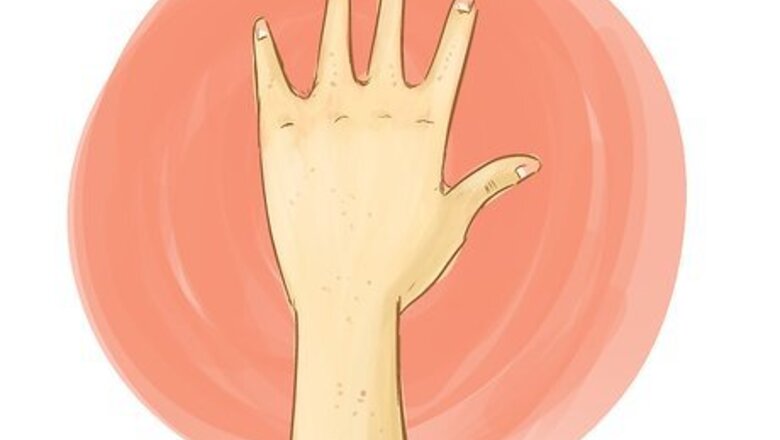
views
Writing Practice
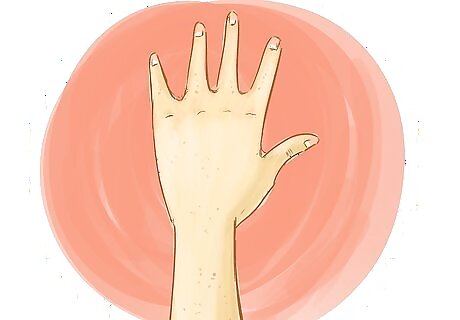
Understand the complexities of writing with your left hand. Understand that to control your non-dominant hand, your brain will have to form new neural connections. This is not a fast or easy process, so you will need to be prepared to put in many hours of practice if you plan on becoming ambidextrous. Developing these motor skills will probably give you a whole new appreciation of what babies’ lives are like.
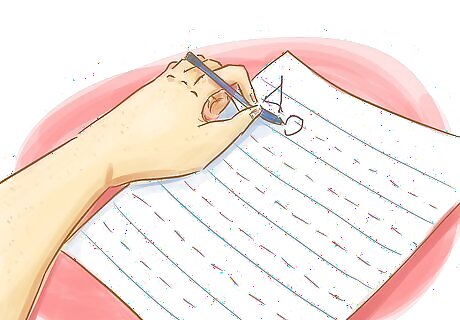
Start slow. Begin printing the alphabet in both capital and lowercase letters, then move on to sentences. When printing becomes comfortable, you can start practicing your cursive. If your writing is very messy in the beginning, start by tracing large text out of a book or magazine. It may also help to buy children’s paper, which has widely spaced lines for large printing and dotted center lines to control the letter proportions. Another good thing to do is to observe the way left-handers write or just ask them for some tips.
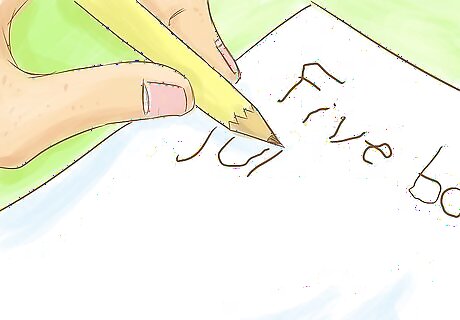
Practice writing every letter. Write "The quick brown fox jumps over the lazy dog" or "Pack my box with five dozen liquor jugs" or even "The five boxing wizards jump quickly" over and over to improve left-hand neatness. These sentences are good because they use every single letter in the English alphabet. You should also practice writing the most common words in your language and your name, as this will teach your muscles common letter combinations. Lists of the most common words in each language can be found on Wikipedia. Be prepared for the fact that your left arm and hand muscles will be quite sore after writing practice. This is because you are training certain muscles for the very first time.

Draw basic shapes. Drawing basic shapes will help to strengthen your left hand and give you more control over the pen or pencil. Stick people, square houses with rectangular chimneys, round-headed cats with triangular ears…the goal here is to become more dexterous, not to produce a Rembrandt. Try coloring them in as well to make you feel more comfortable with your left hand. Also, try to draw straight lines from left to right using your left hand. It will teach you to push, not pull.
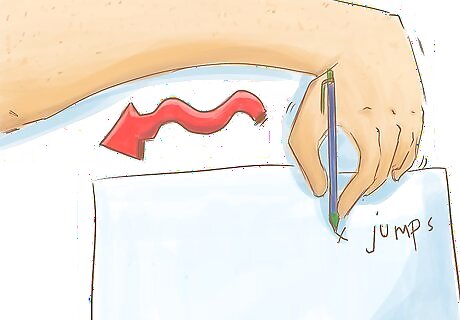
Learn mirror script. For left-handers, it is easier to pull the pen to the left than to push it to the right. Therefore, writing backward with your left hand is easier than writing forwards. You can just write backward (from right to left) or you can practice mirror script, where the letters themselves have flipped around. Writing backward is also helpful because you will not smear the ink or tear the page when you write with a pen—however, it will not be that easy for others to read, so try to save it for your diary (just like Leonardo da Vinci!)
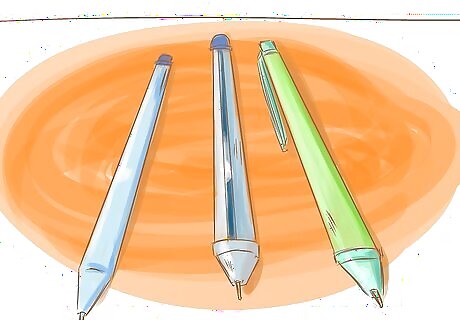
Use the right kind of pens. Liquid ink pens and especially gel pens are worth trying, as they require less pressure and strength when writing. This makes writing more comfortable and leaves your hand less likely to cramp up at the end of your practice session. Be sure to use quick-drying ink though, or the text may get smudged as your left-hand moves across the page.
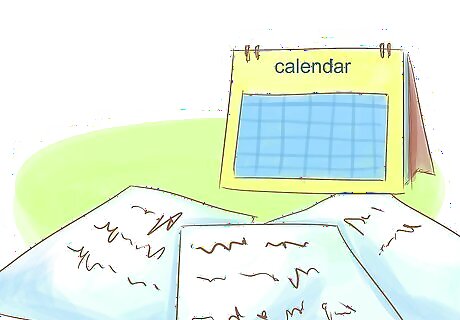
Be realistic. Don't expect results in just one day. It takes lots of time to get achieve neat, legible writing with your non-dominant hand.
Retraining Your Brain
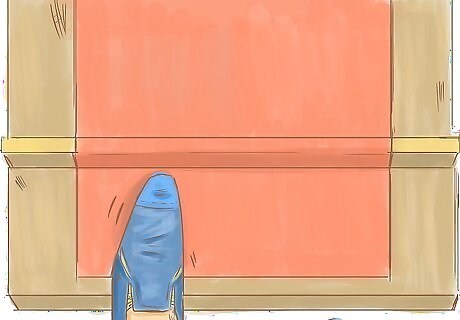
Resist the urge to lead with your right side. You may be surprised to discover how deeply ingrained this habit is—both physically and mentally. Breaking it will help your brain cope with attempting more involved tasks down the road. If you open doors with your right hand by default, start opening them with your left. If you usually take the first step on a staircase with your right foot, do it with the left. Keep working at it until leading with your left feels natural and easy.
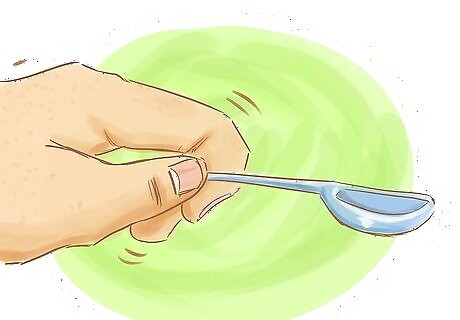
Do simple, everyday tasks with your left hand. Good activities to start with include: Eating your food (especially using a spoon). Blowing your nose. Scrubbing dishes. Brushing your teeth. Dialing phone number and writing SMS on a cell phone.
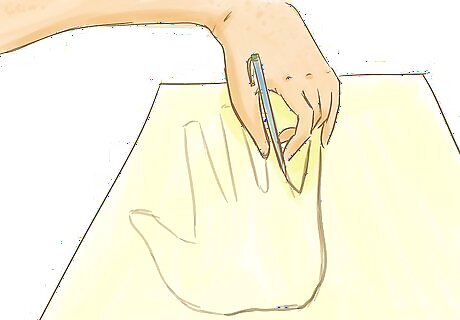
Practice more precise movements. Now that your left hand is comfortable with sloppier movements like scrubbing and brushing, begin refining your hand-eye coordination. Tracing is a great place to start: having a defined edge to work with will help force your eye, which is visually tracing the outline, and your left hand, which is physically tracing it, to work in sync. Trace your right hand onto a piece of paper. Pushing the pencil against 3-D contours will help guide the left hand. Graduate to tracing 2-D images. You can think of this as taking down the gutter guards at the bowling alley.
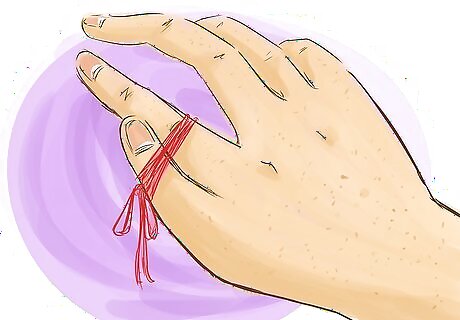
Tie up your right hand. The hardest thing is to remember to use your non-dominant hand consistently during the day, so you need a good way to remind you not to use your dominant hand. The thumb is used in almost every situation you use your dominant hand. Not being able to move it freely is an excellent way to make you aware of all the times you are using it—so try tying your right thumb to your right index finger with a piece of string. You could also try wearing a glove on your right hand or putting your right hand in your pocket or behind your back.
Strengthening Your Left Hand
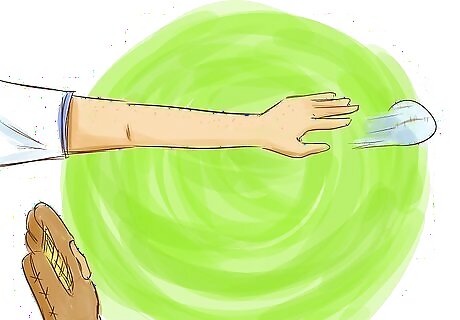
Practice throwing a ball. Throwing and catching a ball with your left hand is a fun way to strengthen your left hand while also improving your hand-eye coordination. Simply squeezing the ball firmly in your hand will also help to strengthen the fingers.
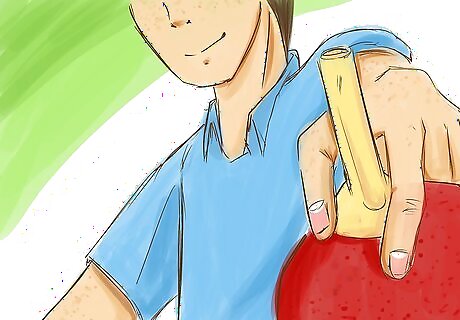
Play racket games. Playing tennis, squash or badminton while holding the racket in your left hand is a great way to strengthen the hand, which will give you greater control when writing.
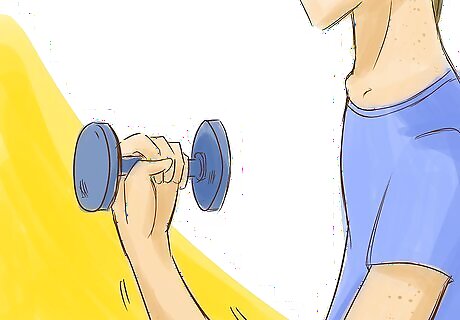
Lift weights. Use a small 5-pound (or less) weight and lift it with your left hand. You can also try to exercise each finger individually by lifting a very small weight with each finger of your left hand.
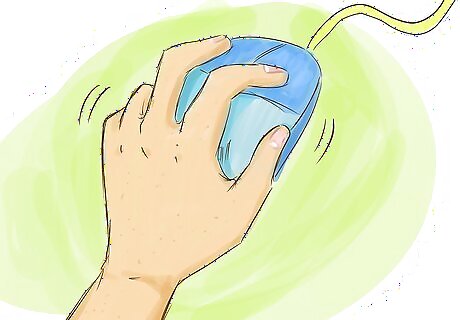
Use your left hand to operate the controls on your computer. Switch the controls on your mouse if you want, but you can still use your mouse with your left hand with the default controls. Also, try pressing the spacebar with your left hand. It's harder than you think!




















Comments
0 comment